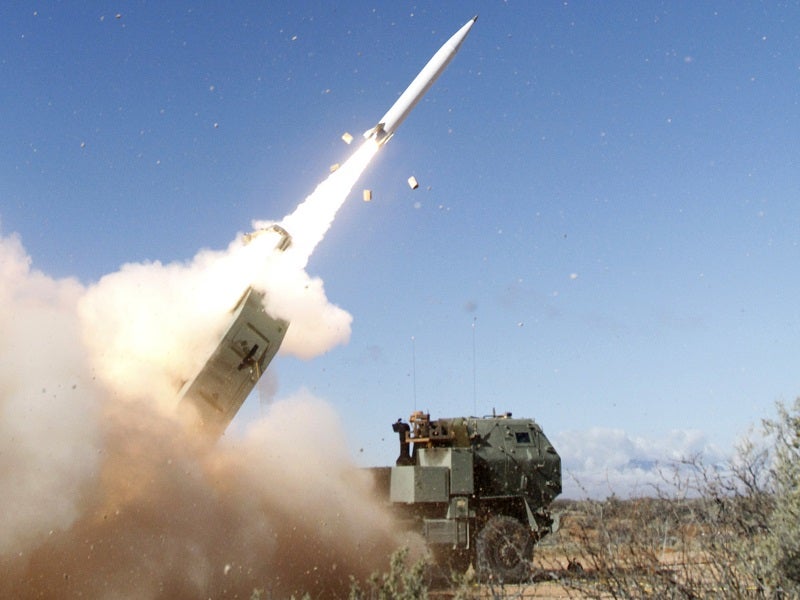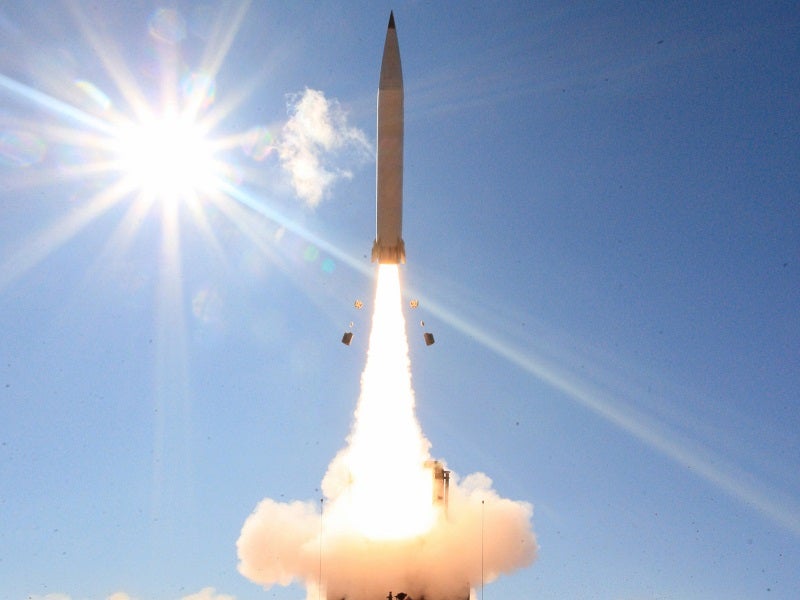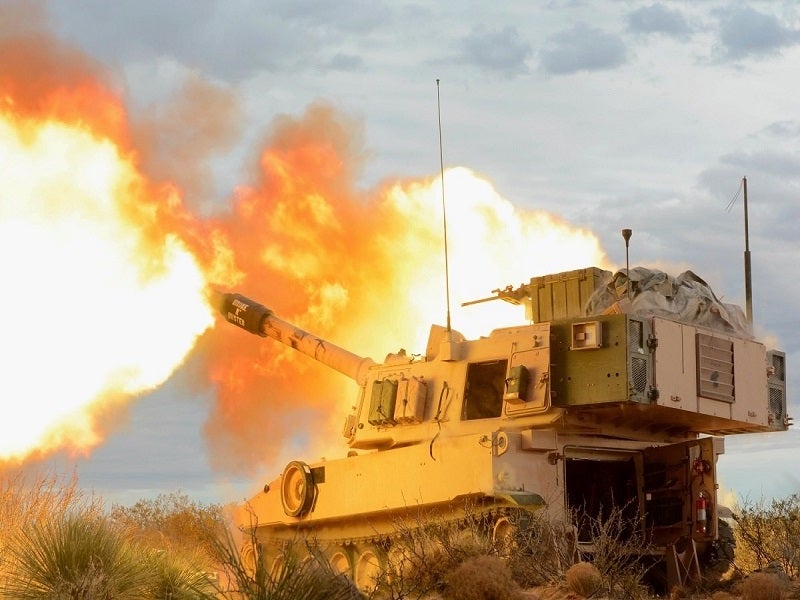The Precision Strike Missile (PrSM) is a next-generation, low-risk, long-range surface-to-surface missile developed for neutralising and destroying targets through indirect fires. It is being developed and manufactured primarily for the US Army by aerospace and defence company Lockheed Martin.
The PrSM is an improvement over the existing Army Tactical Missile System (ATACMS) missiles. It will replace the US Army’s current inventory of non-insensitive munitions and the cluster munition policy-compliant ATACMS.
The new ballistic missile will provide armies with the capability to neutralise a range of enemy threats, including missile launchers, air defence systems, troop assembly/staging areas, command and control (C2) centres, and high pay-off targets.
Precision strike missiles development and testing
Lockheed Martin was awarded the sole source contract for the Enhanced TMRR (ETMRR) phase in December 2019, following the completion of the first flight test of its prototype at White Sands Missile Range, New Mexico.
The company completed three successful prototype tests by April 2020. All the tests were conducted using Lockheed Martin’s High Mobility Artillery Rocket System (HIMARS) launcher.
The nominal tests were conducted by the US Army’s LRPF CFT and its partners, the Strategic and Operational Rockets and Missiles (STORM) Project Office, White Sands Missile Range, and Lockheed Martin to demonstrate the missile’s capabilities such as egress from the launcher, trajectory to target, and warhead detonation. The third test firing marked the final phase of the PrSM TMRR flight test phase.
The US Army awarded two contracts for the early operational capability (EOC) production and engineering and manufacturing development (EMD) of the missile in September 2021. A test was conducted at the Vandenberg Space Force Base (VSFB), California, in October 2021, which was the fifth successful test flight of the missile. The second demonstration under the ETMRR phase, the flight test was also the longest flight of the PrSM.
Lockheed Martin manufactured the test missile at its facility in Camden, Arkansas. The EOC of the missile is expected in 2023.
PrSM design and features
The PrSM has an open system architecture (OSA) design for maximum flexibility and greater affordability. The design will provide the scope for future technological enhancements as well as growth capabilities for follow-on spirals, which are expected to have enhanced range, lethality, and engagement of time-sensitive, moving, and fleeting targets.
The architecture is also compatible with both multiple launch rocket system (MLRS) M270 and HIMARS family of launchers.
The cluster-munition-compliant missile system will provide an all-weather target engagement capability with an extended range, high lethality, increased survivability, and missile load out. It will be able to destroy critical and time-sensitive area and point targets throughout the battlefield.
The warhead of the missile will be equipped with insensitive munition (IM) for high lethality. The PrSM missile will be guided by the inertial navigation system (INS).
PrSM launchers
The precision strike missile is expected to be launched from the wheeled M142 HIMARS and the tracked M270A2 MLRS launcher systems.
The launch pad of the launchers can be equipped with two missiles instead of one ATACMS missile, thereby doubling the firing capability.
PrSM performance
The PrSM will provide significantly improved range and performance over the ATACMS missile. It can strike targets at a distance of more than 500km, whereas the ATACMS missile has a lesser range of 300km.
PrSM programme background
The PrSM requirement was previously announced under the long-range precision fires (LRPF) programme.
Raytheon Technologies, another US-based aerospace and defence company, announced that it will offer a new replacement for the ATACMS in 2016.
The Director Operational Test and Evaluation (DOT&E) of Office of the US Secretary of Defense approved the LRPF missile Milestone A test and evaluation master plan (TEMP) in July 2016. The programme entered the Technology Maturation and Risk Reduction (TMRR) phase in March 2017.
Lockheed Martin and Raytheon were awarded the contracts to develop prototypes and conduct the flight tests under the TMRR phase. The programme was renamed as PrSM to avoid confusion while establishing the Army long-range precision fires cross-functional team (LRPF CFT).
Raytheon offered its new next-generation DeepStrike as the solution for the programme. It conducted a static test of the new DeepStrike missile rocket motor in April 2019, while the advanced warhead of the missile was tested in May 2019.
The company could not conduct the flight tests of DeepStrike missile due to technical issues during the component testing stage and exited the PrSM competition.
The Australian Defence Forces and the US Army signed a memorandum of understanding (MoU) for collaboration in the development of the precision missile capability in August 2021. Australia contributed A$70m ($51.48m) to the A$907m ($667.04m) PrSM programme.






